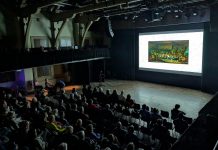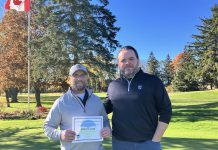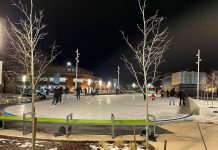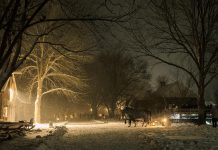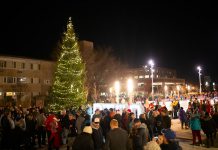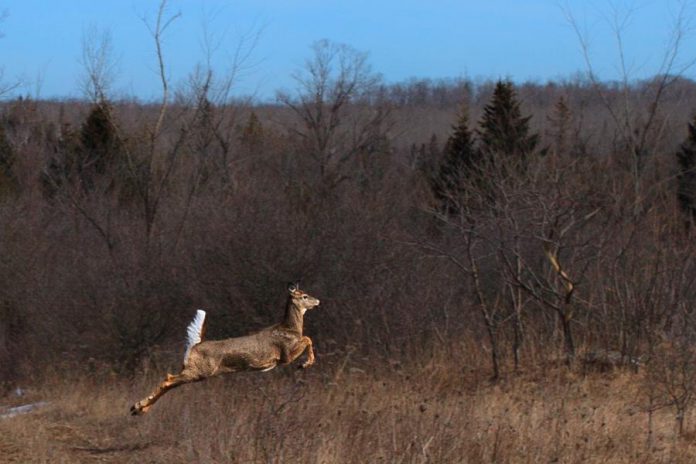
Kawartha Land Trust (KLT) is officially opening the new Cation Wildlife Preserve near Coboconk in the City of Kawartha Lakes on Saturday, June 22nd.
The 669-acre property includes marked trails for passive recreational use by the public, including hiking, snowshoeing, and cross-country skiing.
The newly protected property was donated to KLT by David and Sharon Cation.
After David’s mother died in 1998, he and his brother decided to use the proceeds of her small estate to purchase the property, which is located on French Settlement Road north of Indian Point Provincial Park on Balsam Lake, around 45 kilometres north of Lindsay.
“We decided to buy land for future generations which is what our parents had done all their lives,” Cation says.
“Buying the French Settlement Road property to protect for future generations is merely keeping her legacy alive. We wish she could be here to participate.”
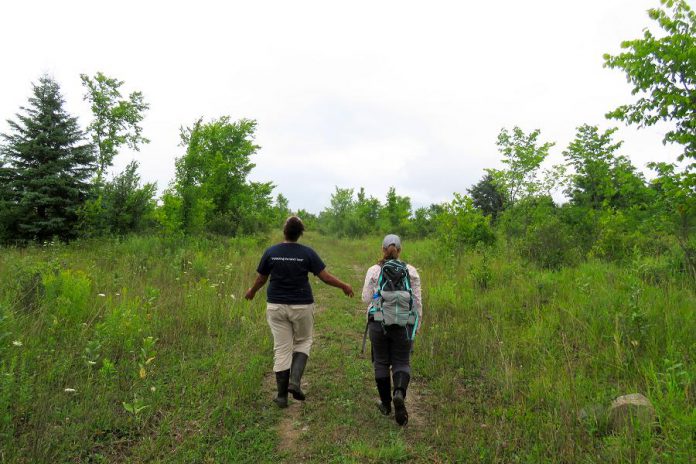
The Cations decided the best way to ensure the property remains protected is to donate it to KLT, which David had learned about through the organization’s campaign to save Boyd Island, southern Ontario’s largest undeveloped island located in Pigeon Lake just east of Bobcaygeon. He subsequently volunteered to work on a number of KLT properties, helping with trail cleanup and participating in other stewardship activities.
As with all properties, before KLT could accept the Cations’ gift, it needed to raise a stewardship endowment fund. Around $200,000 was required for securement-related expenses and to ensure the property could be cared for in perpetuity.
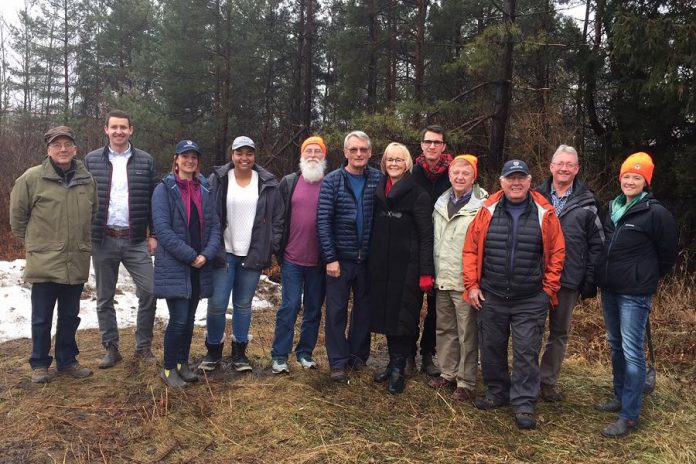
Financial support was provided by the Government of Canada through the federal Department of Environment and Climate Change. Curve Lake First Nation, Ontario Parks (Ministry of Natural Resources and Forestry), and Haliburton-Kawartha Lakes-Brock MP Jamie Schmale all wrote letters supporting the acquisition.
The new Cation Wildlife Preserve sits in the middle of several protected areas, including the Altberg Wildlife Sanctuary Nature Reserve, Indian Point and Balsam Lake Provincial Parks, Queen Elizabeth Wildlands Provincial Park, and the Carl Sedore Wildlife Management Area.
Although today the property is a thriving area filled with plant and wildlife species, that was not always the case: for over a century it suffered from hard use.
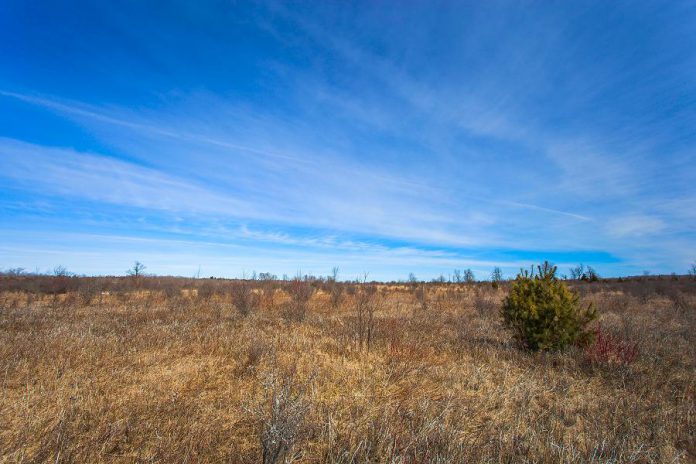
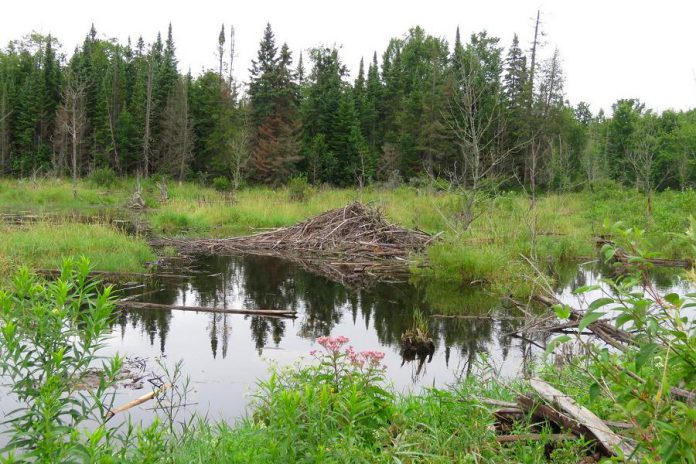
In the 1800s, heavy logging wiped out old hardwoods and conifers, reducing the forests and opening up the landscape. The open fields were then used as a range, with cattle grazing there for many years. Around 30 years ago, the property was logged again, wiping out the larger trees and significantly reducing the area’s biodiversity.
The property was eventually sold to a recreational hunter, who used it to train dogs for hunting coyotes. He surrounded the property with electric fencing, which prevented some species from using the natural corridor and accessing the protected natural spaces in the area.
After several years of this use, the land was left vacant and the landscape began to regenerate. Grasses and shrubby plants began to grow, and muddy open areas where the dogs once ran became covered again with native vegetation. As the fencing deteriorated, large wildlife began to use the property as a natural corridor again.
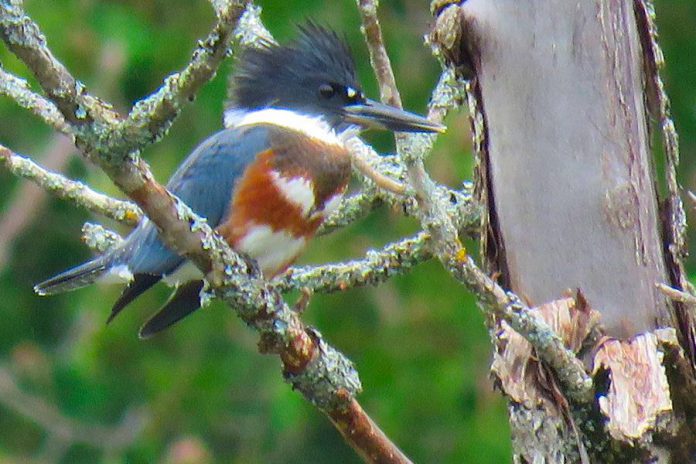
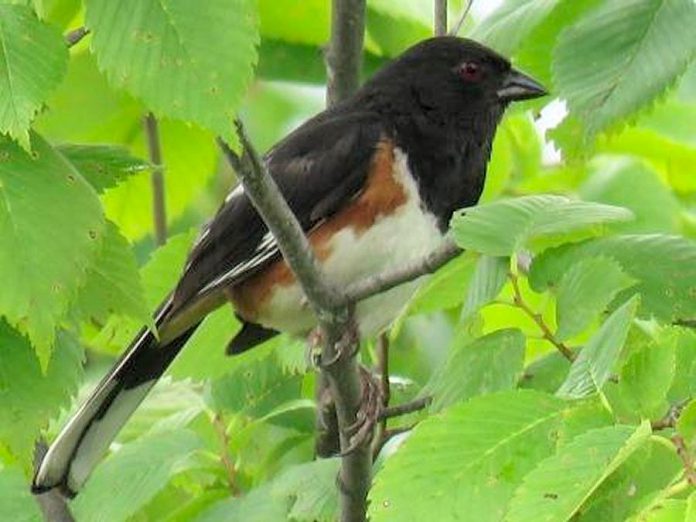
The property is now made up of rolling areas that were once pasture grasslands, with shrubby meadow thickets, early successional and mixed hardwood forests, and a swamp that is part of a 183-acre Provincially Significant Wetland. A trail system passes through the grasslands and meadows, which are home to a wide range of wildlife.
Bird species spotted on the property include golden-winged warblers, bald eagles, upland sandpipers, and thrashers, with belted kingfishers and hooded mergansers inhabiting the swampy area along with painted turtles and leopard and green frogs.
Staghorn sumac, wild red raspberry, and blackberry bushes found throughout the property are a food source to many species, and there are signs that white-tailed deer, coyotes, black bears, and even moose have visited the property.
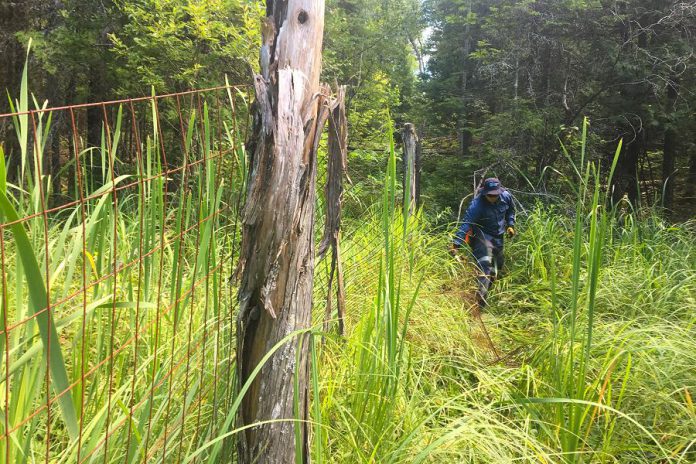
The old dog kennels, wire fencing, and old rain barrels left behind by the previous owner were repurposed by the Kawartha Wildlife Centre, with volunteers taking everything apart this summer so it can be made into wildlife enclosures and raccoon beds. Other wildlife organizations, including Speaking of Wildlife, are using the old fencing for new enclosures and other projects.
This is the third property protected by KLT in Decemeber 2018. Bob and Mary Hartley recently entered into a conservation easement agreement for their 44-acre Pine Ridge property west of the Pigeon River, and Scott Wootton and Catherine Kirk donated a 34-acre property near Burleigh.
KLT is the only non-governmental charitable organization committed to protecting land in the Kawarthas. With these three properties, the organization is now protecting a total of 17 properties covering more than 4,101 acres of diverse and significant land.
For more information about KLT, and to make a donation, visit kawarthalandtrust.org,.








